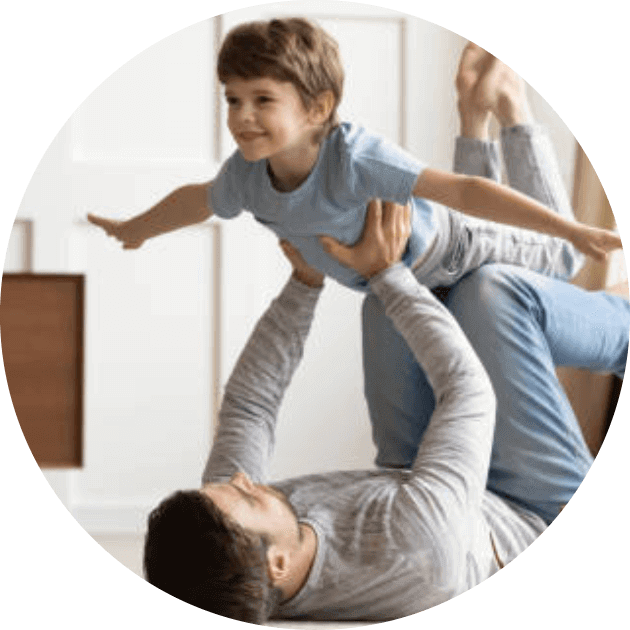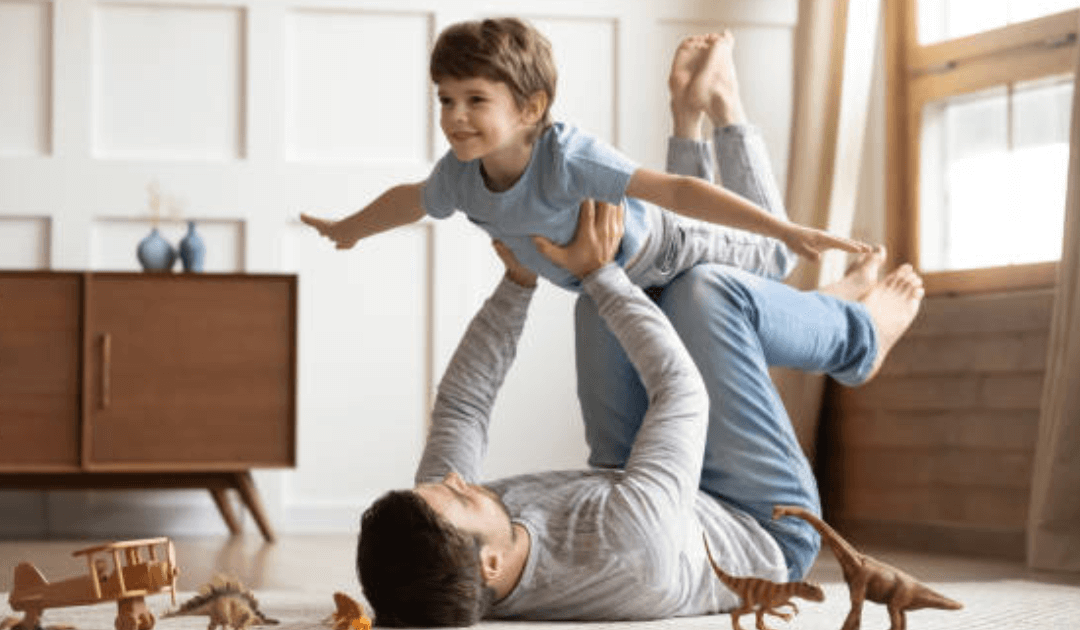
According to the theory developed by Philadelphia neurologist Carl Henry Delacato and his team, there is a close connection between movement and the development of the nervous system, and intellectual development. So if the child does not have a way to practice some form of movement, it must be replaced later for proper brain development.
According to the theory, individual development follows the path of stock development, so the child copies the development process that took place when he became a human in his first years.
There is a close connection between movement and the maturation of the nervous system. If the child did not have time to practice a form of movement – either because he missed it or because the next step followed too soon, for example he started walking very early and therefore did not climb for long enough – this affects later development and even causes learning difficulties and can also cause behavior.
According to the method, the child relives an earlier period of life through movement, thus bringing in your backlog.
Delacato method can be used for intellectual development?
- Delayed/defective/stuttering speech development
- Speech error
- Dyslexia/dysgraphia
- Attention deficit disorder
- Mild intellectual disability
- Clumsy movement
- Poor orientation skills
- Integration problems
How does the treatment take place?
According to Delacato, elementary movements – crawling, climbing, walking, swimming – reveal the development of each area of the nervous system. After a condition assessment, the child is given a set of 8-10 exercises, which must be repeated at home for 20-30 minutes every day. You only have to appear at one control examination a month, when you will receive a new set of exercises taking into account your progress.
The tasks develop balance, spatial perception and fine movement.
It is becoming more and more common for specialists who mainly deal with large groups to visit kindergartens as well. In such cases, 90-minute classes are held for groups of 4-5 people.
Children and young people between the ages of 5 and 16 can take part in the therapy. Since the goal of the development is to practice the missed forms of movement,teenagers do the same exercises that preschoolers do: crawling, climbing, balancing, allowing their brains and nervous systems to acquire skills that were missed in the first period.
Let's have some exercise
Check out some brain developing exercises in the related articles:
Passive exercises for children with developmental delay or brain injury
Exercises for brain and intellectual development Part 1


